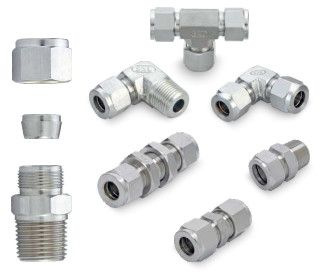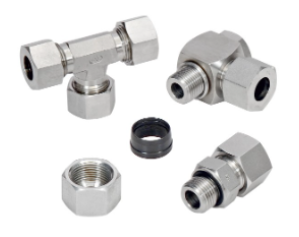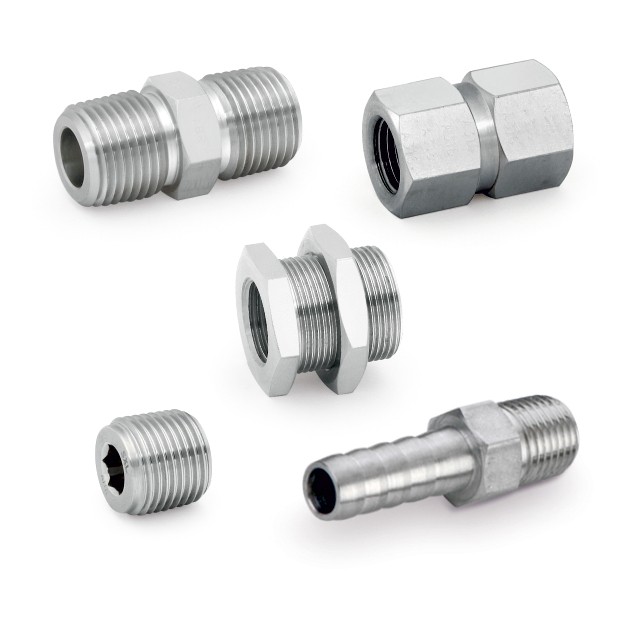Pipe Fittings – The Most Common Types Used in the Industry
April 17, 2015Recycling Steel
July 24, 2015If you are one of the many people who believe that a pipe can’t be bent without a bender, you are wrong! Contrary to popular belief, it is humanly possible to bend a pipe without expensive bending machines. However, it requires a great deal of patience.
No matter what the purpose is, here are the steps you need to undertake to bend a pipe safely with a few basic tools:
Purchase the right pipe
When choosing a pipe, look for a soft one. Copper and aluminum, for example, are the easiest to bend without a bender. Pipes up to one inch in diameter can be easily bent, while for anything thicker, you may require assistance.
To begin with, cut the pipe to four or five inches longer than your desired length. Tape one end of the pipe or plug it with a carriage bolt. Fill the open end with sand and make sure to use compact sand, such as beach sand. Pour down the sand with a dowel and seal it.
Tools and jigs
The tools and jigs required will depend on the size of the pipe tube you want to bend. Make sure you get medium density fibreboard that meets the thickness of the chosen pipe. On the medium density fibreboard, draw the exact shape of the curve you want. Cut out the desired shape with a router, and then make an indented groove around the edge to hold the pipe in place during the bending process.
Mount the jig
Set the jig on one edge of your worktable. At this point, you need to ensure that the flat edges are square. Clamp the jig to the table by using pre-drilled holes in the work surface. Moreover, attach nuts and tighten them with an adjustable wrench to the bottom of the table.
Cut a piece of medium density fibreboard, which is almost three inches square, and then place it on the bottom left corner of the curved jig. Thereafter, line up the straight edge with the edge of the table. Trace the shape of the start of the jig curve on the medium density fibreboard. Cut out the inside of the curve, and then discard the piece.
Place the cut block back at the bottom left of the jig and slide it away. This will ensure that the pipe can easily slide into the space between the two pieces. Fasten the stopper securely, and attach c-clamps to it for extra stability.
Bending
Slide one end of the pipe between the stopper and the jig. In addition, bend the pipe around the jig. You would need help from a friend to handle thick pipes. Remove the pipe from the stopper once it is bent. Remove the carriage bolt, and empty the sand. Finally, use a pipe cutter to remove the collapsed end.
Once you go through this process, you are good to go! To read more about bending pipes, log on to sealexcel.com – your one-stop resource for everything related to pipes, fittings and valves.




